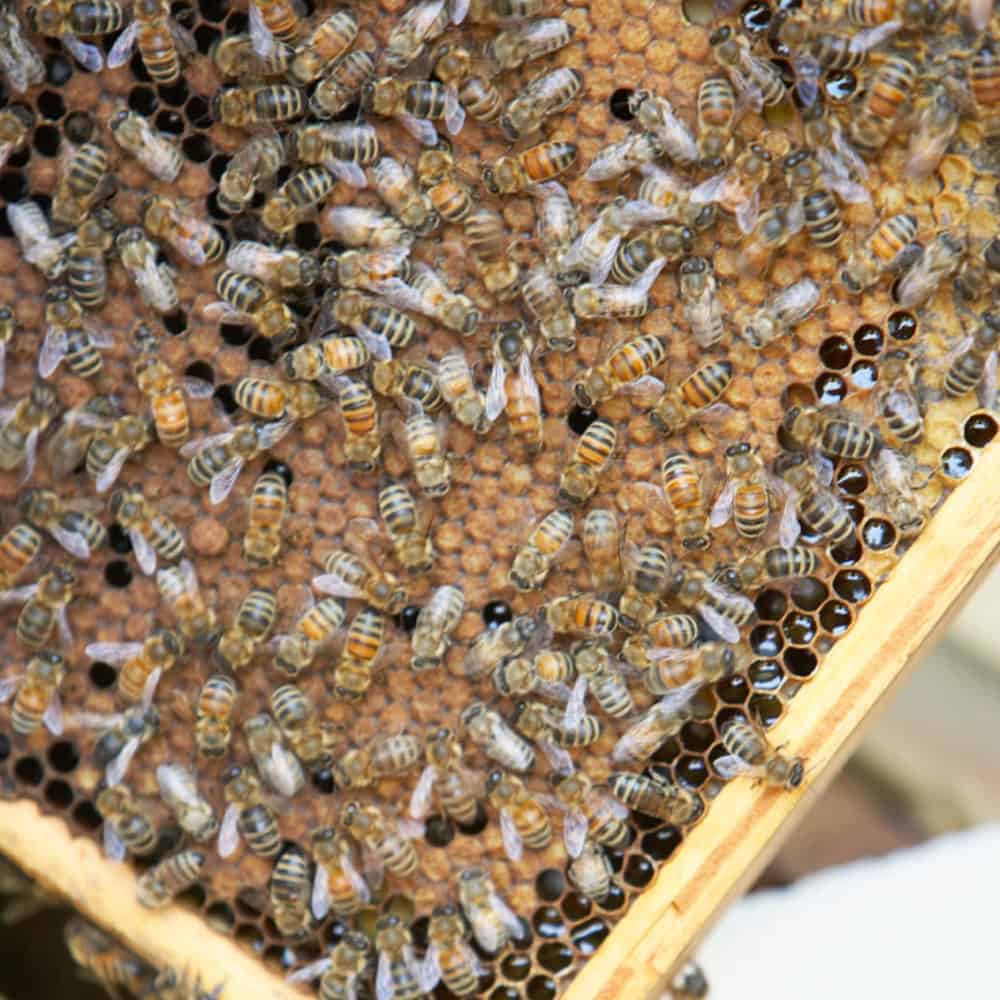Are you curious to know what a bee looks like? If so, this guide to beekeeping for beginners is the perfect place to start your journey. Here, you will learn all about the anatomy of a bee, their behavior, and the essential steps you need to take to become a successful beekeeper. With this guide, you will gain a better understanding of what a bee looks like and the knowledge you need to become a beekeeper.
Anatomy of a Bee
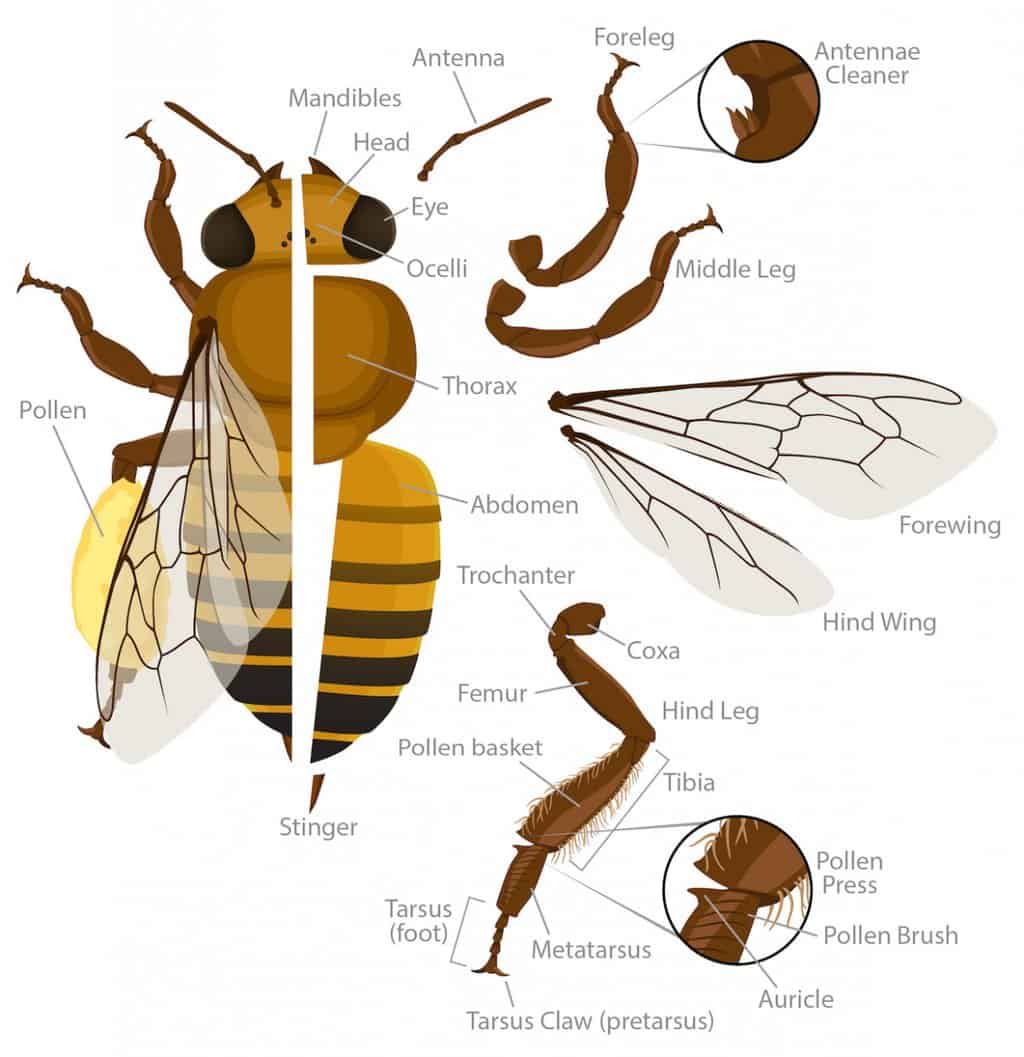
Head
The bee head consists of two large compound eyes, three ocelli, and a pair of antennae. Its mouthparts include a proboscis and mandibles for feeding.
Thorax
The thorax of a bee is divided into three segments and is covered by a tough exoskeleton. It is where the bee’s legs and wings are attached, enabling it to move and fly.
Abdomen
The abdomen is where the vital organs of a bee are located, as well as its stingers. It is also covered by a tough exoskeleton and has seven segments.
Legs
A bee has six legs, three on each side of its thorax, which are used for walking and collecting pollen. The legs also have structures called pollen baskets, which are used to carry pollen back to the nest.
Wings
Bees have two sets of wings, one on each side of the thorax. The front pair of wings are larger than the back pair and are used for flying and hovering. With these wings, a bee is able to fly up to 25 miles per hour.
In conclusion, what does a bee look like? It has a head with two compound eyes, three ocelli, and antennae. Its thorax is composed of three segments and is where its legs and wings are attached. Its abdomen has seven segments and contains its vital organs, as well as its stingers. It has six legs with pollen baskets and two sets of wings, allowing it to fly faster than any other insect.
Types of Bees
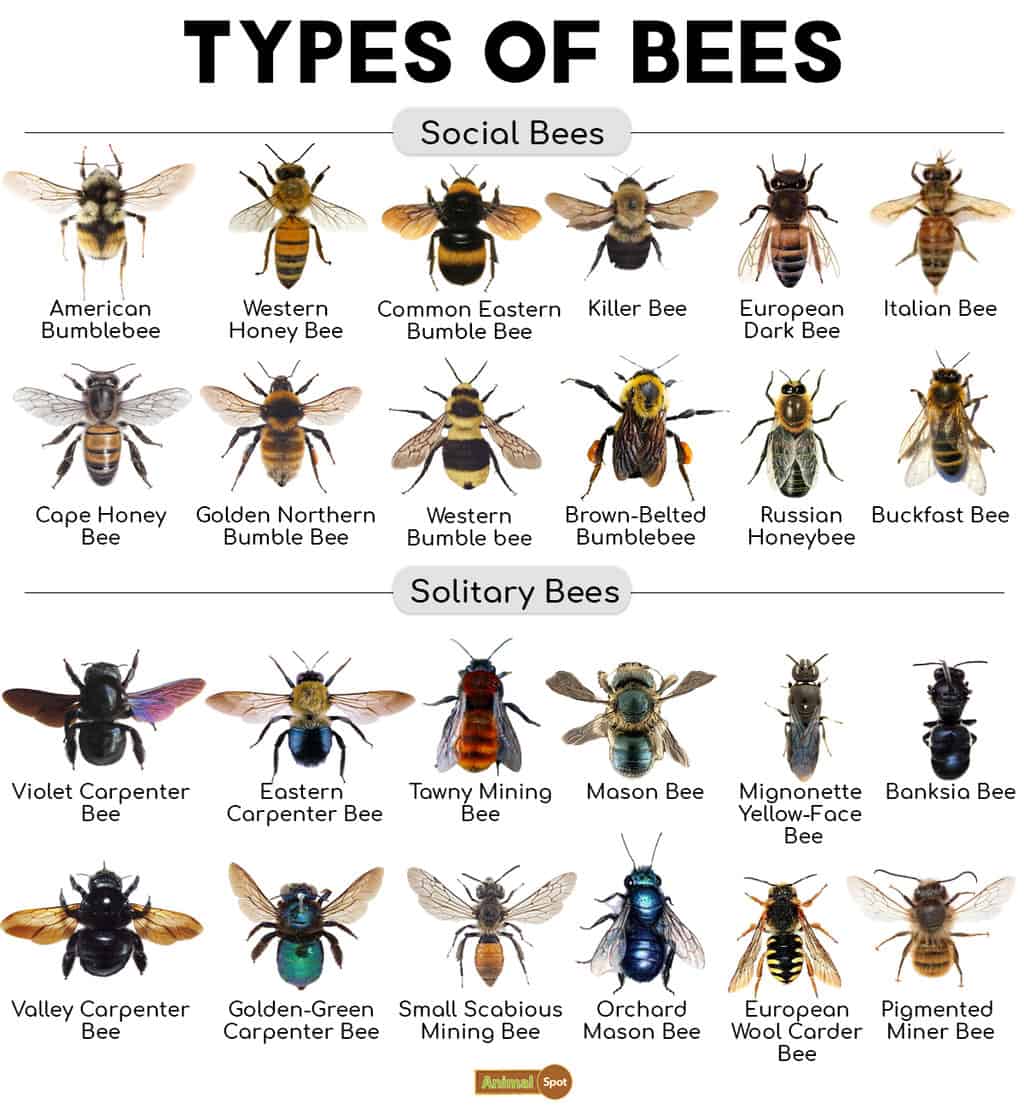
Social Bees
Social bees are those that live in colonies with a single queen and many workers. Common examples of social bees include honeybees, bumblebees, and stingless bees. They build hives and store honey and pollen, and can be kept by beekeepers.
Solitary Bees
Solitary bees do not live in colonies, but in individual nests. They are often smaller than social bees and do not store honey or pollen. Solitary bees can be beneficial to gardens and crops since they are important pollinators. Examples of solitary bees include mason bees, leafcutter bees, and sweat bees.
Beekeeping for Beginners
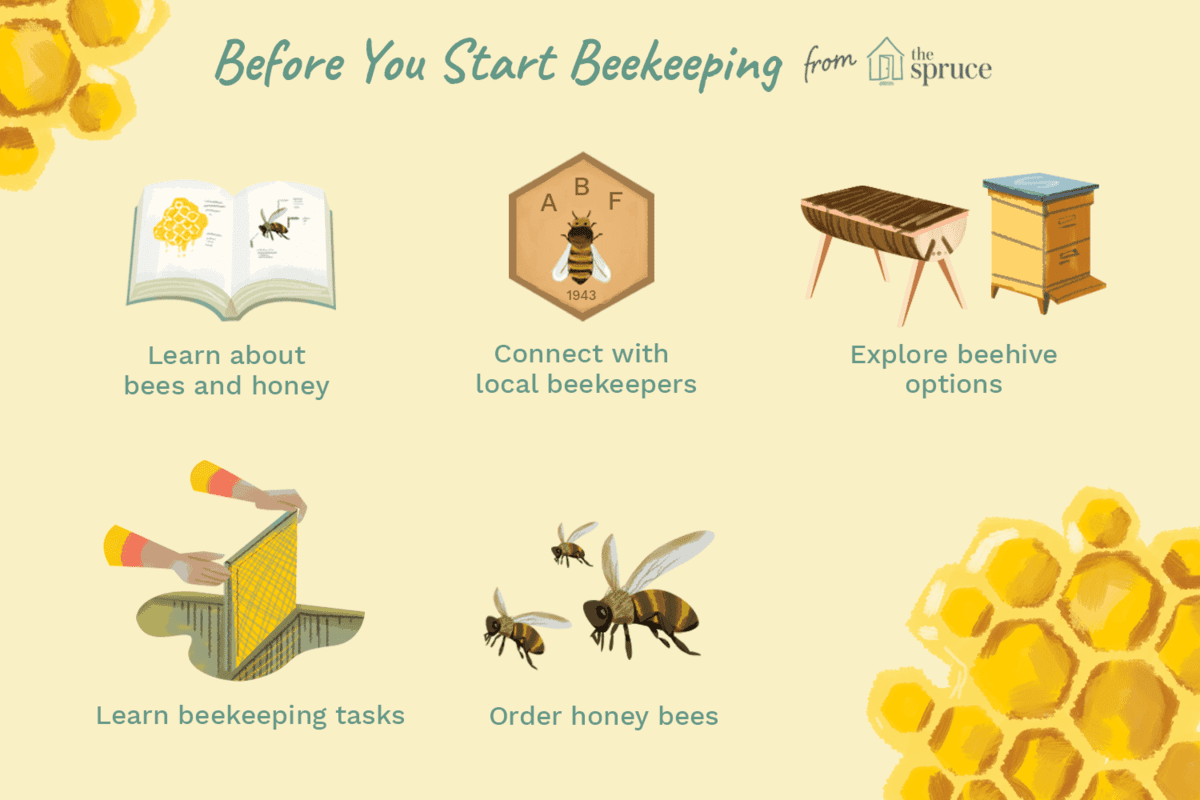
Equipment
Beekeeping requires specific equipment, including a bee suit, gloves, and a smoker. The suit should be made of a tightly woven fabric to protect the beekeeper from being stung. The smoker should be lit before entering the hive to calm the bees. Gloves should also be worn to protect the beekeeper from stings.
Hive Placement
Hives should be placed in a sunny location, away from areas with heavy foot traffic. Hives should also be placed in a location that can be easily accessed by the beekeeper for inspections and maintenance.
Inspections
Regular inspections of the hive should be done to ensure the health of the bees. Inspections should include checking for pests, disease, and food stores.
Feeding
Bees need a steady supply of food to remain healthy and productive. Beekeepers can feed the bees with a sugar syrup or pollen supplements.
Swarm Management
Swarming is a normal behavior of bees and should be managed carefully. If a bee swarm is spotted, beekeepers should attempt to capture the swarm and move it to a new hive.
Bee Diseases
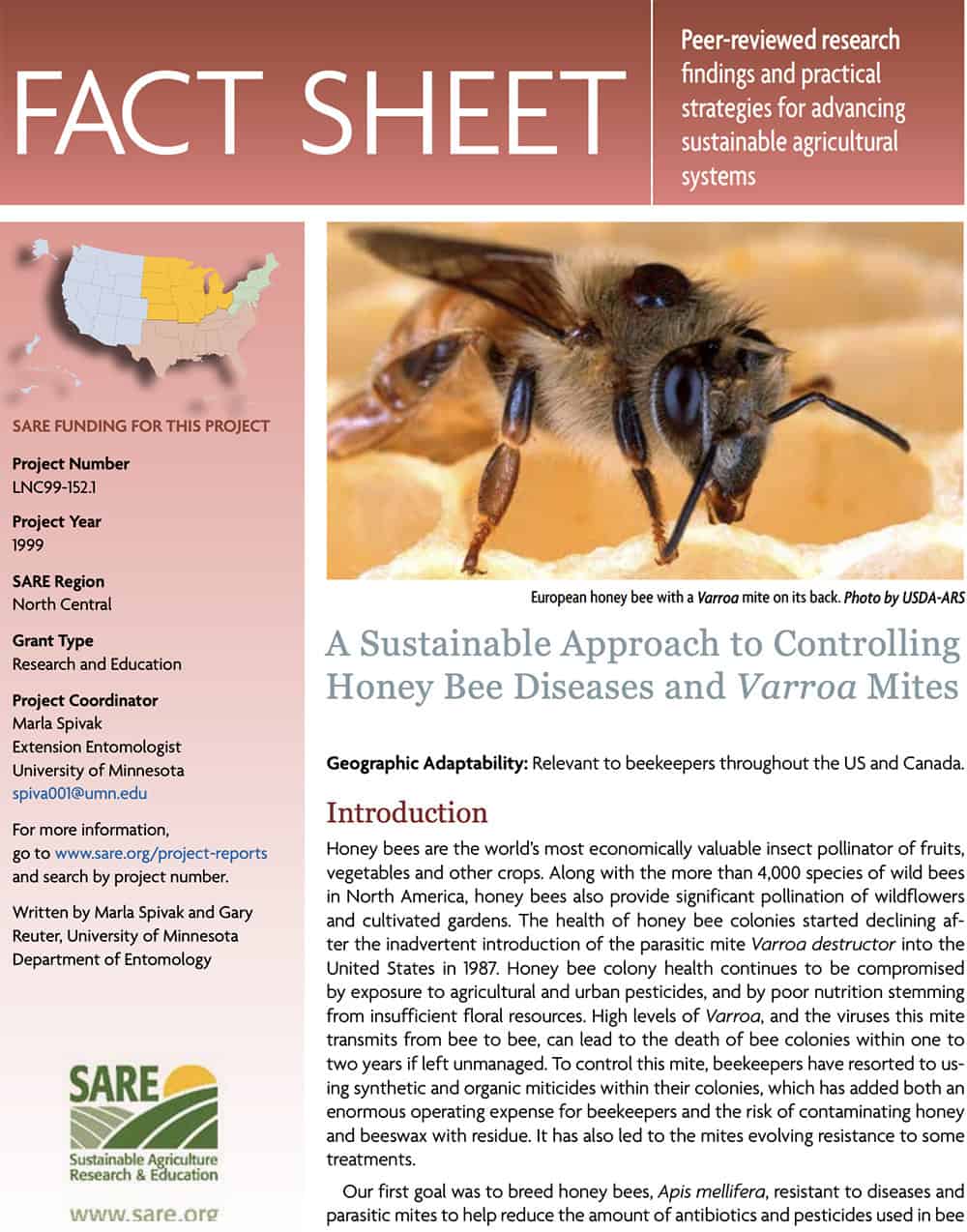
Beekeeping is a rewarding hobby, but it’s not without its risks. Like any living creature, bees are susceptible to a range of diseases and parasites, some of which can cause serious damage to a colony. Here are some of the most common bee diseases and how to spot them:
- American Foulbrood (AFB): AFB is a highly contagious bacterial disease that infects bee larvae. The bacteria produces a toxin that kills the larvae, and the dead larvae will be seen in the bottom of the hive. AFB is the most serious bee disease and can only be treated with antibiotics.
- European Foulbrood (EFB): EFB is similar to AFB, but less serious. It can be treated with a preventative antibiotic, and it is usually caused by a lack of hygiene in the hive.
- Chalkbrood Disease: Chalkbrood is a fungal disease that affects the larvae. It causes them to become dry and white, and they will look like little pieces of chalk. The disease is most common in winter or spring, and it can be treated by improving ventilation in the hive.
- Sacbrood: Sacbrood is caused by a virus and is characterized by larvae that become yellow, then darken and form a sac. The larvae will not emerge from their cells, and the disease can be treated with antibiotics.
- Nosema: Nosema is a fungal infection that affects the bee’s digestive system. It can cause diarrhea and can lead to the death of the bee if left untreated. It can be treated with antibiotics.
If you suspect that your bees are infected with a disease, you should contact a professional beekeeper or your local agricultural extension office. They can help you diagnose and treat the problem, so that your colony can remain healthy and productive.
Bee Pollination
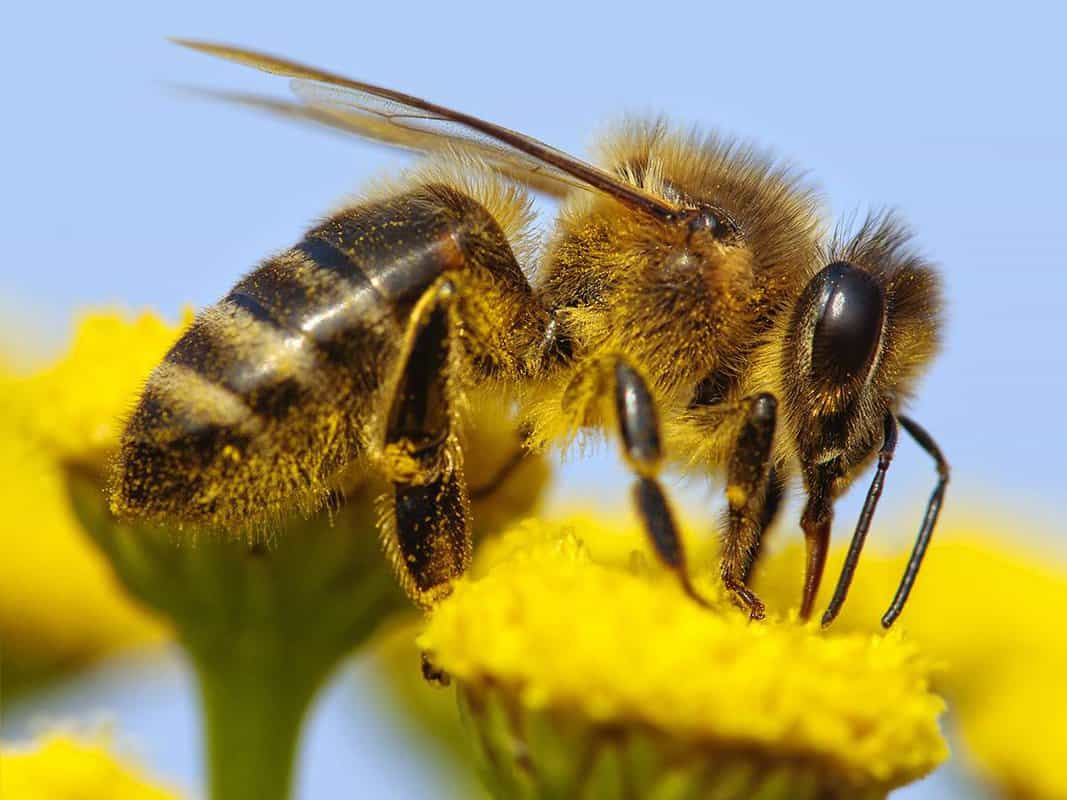
Bee pollination is the process of bees transferring pollen from one flower to another, enabling them to fertilize and produce fruits, vegetables, and other crops. Bees are key pollinators in the environment, and their role in the food chain is essential. Without them, many plants would not be able to reproduce, leading to a decrease in food production and a disruption of the natural balance of the ecosystem. Beekeepers play an important role in helping bees to pollinate and ensuring that the environment is healthy and productive. They provide shelter and food for bees, as well as caring for their health and well-being. Beekeepers also monitor their colonies and take steps to prevent pests and diseases. By helping to protect and nurture bee populations, beekeepers ensure that essential pollination services are available to farmers and gardeners.
Bee Products
Honey
Honey is the most popular bee product, produced by bees from the nectar of flowers. It is a sweet, viscous liquid made of mainly sugars and water. Honey is packed with vitamins, minerals, and antioxidants, and has many medicinal and culinary uses.
Beeswax
Beeswax is a wax produced by bees in their hives. It is used by the beekeeper to construct the frames and foundation of a beehive. Beeswax is also used in a variety of cosmetic and medicinal products, such as lotions, lip balms, and ointments.
Propolis
Propolis is a sticky resin that bees collect from trees and other sources. It is used by bees to construct and waterproof the hive, as well as to protect it from disease and predators. It has been used for centuries for its medicinal properties, and is believed to help treat a variety of ailments.
Frequently Asked Questions
What Type of Protective Gear Should I Wear When Handling Bees?
When handling bees, it is important to wear protective gear such as a bee suit or veil, gloves, and boots. The bee suit should be lightweight and cover the entire body, including the face and head. The veil should be made of mesh and fit snugly around the face and neck. Gloves should be made of sturdy material, such as leather, and long enough to cover the arms. Boots should be waterproof and provide ankle support.
What type of hive should I use when starting a beekeeping operation?
When starting a beekeeping operation, the type of hive you choose will depend on your goals and budget. The two main types of hives are Langstroth and Top Bar. Langstroth hives are the most common and cost-effective option, and are easy to move and inspect. Top Bar hives are more natural, but require a greater level of maintenance. Ultimately, the type of hive you choose depends on your beekeeping objectives and personal preferences.
How Often Should I Inspect My Bees?
Regularly: You should inspect your bees at least once a month to check for signs of disease or pests, as well as to monitor their progress.
Seasonally: As the seasons change and the needs of your bees change, you should inspect your hive more frequently. For example, in the spring, inspect your hive every two weeks.
After Adding a New Queen: When you add a new queen to your hive, you should inspect your hive regularly until the new queen is accepted.
After Treatments: If you need to treat your bees for disease or pests, you should inspect your hive more frequently than usual to ensure that the treatment has been effective.
After Harvesting: After you have harvested your honey or wax, you should inspect your hive to ensure that your bees have enough food to last through the winter.
How do I know if my bees are healthy?
The health of your bees can be determined by observing the hive and its inhabitants. Healthy bees will have a strong colony, with plenty of bees in the hive and active on the flowers. The bees should also appear clean and well-groomed, with no signs of mites or other parasites. If your bees appear to be sluggish or show signs of disease, it’s important to take action quickly to protect the health of your hive.
Are There Any Laws or Regulations I Need to Be Aware Of Before Keeping Bees?
Beekeeping is regulated by state and local laws, so it is important to research the laws in your area before starting a beekeeping operation. In some areas, beekeepers may be required to register their hives, obtain a permit, or abide by specific zoning regulations. Local beekeeping associations can provide specific information about any laws and regulations that may apply. It is also important to be aware of the diseases and pests that can affect bees so that appropriate measures can be taken to protect the hives.
Conclusion
Beekeeping is a rewarding activity that can provide you with years of enjoyment. To get the most out of the experience, it is important to understand the anatomy of a bee and the different types of bees you may encounter. With the right knowledge and a little bit of care, beekeeping can be an enjoyable and educational experience for the whole family.
